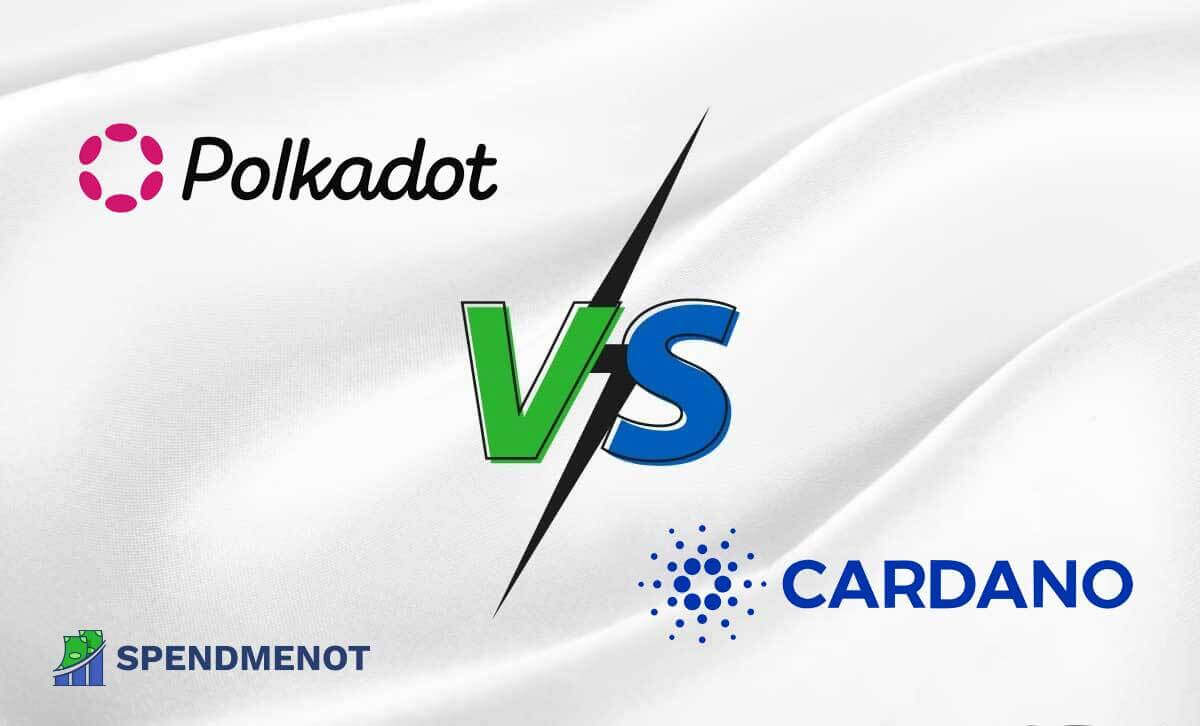How Health Insurance Works: Definitions, Coverage & Benefits
Last Updated: September 11, 2022
Health insurance is a vital part of the health care system in the United States. It helps to ensure that people have access to the medical care they need when they need it.
This blog post will explain how health insurance works, using definitions and examples. We will cover premiums, deductibles, coinsurance, out-of-pocket expenses, and copays. We will also discuss what is usually covered by health insurance and what is not. Finally, we will talk about the benefits of having health insurance.
How Does Health Insurance Work?
Health insurance is a contract between an individual and an insurance company. The individual pays a premium to the insurance company in order to be covered for medical expenses. In return, the insurance company agrees to pay a portion of the cost of any medical care that the individual receives. This coverage can include doctor visits, hospital stays, prescription drugs, and other medical services.
Health Insurance Features
There are several different types of health insurance plans, but most of them work in basically the same way. The specifics of each plan will vary, depending on the company and the state where you live. However, there are some common features that you can expect to find in most health insurance policies.
One such feature is the deductible. A deductible is the amount of money that you must pay out of pocket before the insurance company will start to reimburse you for your medical expenses. For example, if your deductible is $500, you will have to pay for the first $500 worth of medical care yourself. The insurance company will then cover any additional costs.
Another common feature is coinsurance. Coinsurance is a type of cost-sharing where you and the insurance company both pay a portion of your medical expenses. For example, if you have a 20% coinsurance, you will pay 20% of the cost of your medical care, and the insurance company will pay the remaining 80%. Coinsurance is typically calculated based on the amount of your deductible that you have already met.
Your out-of-pocket expense is the total amount of money you will pay for your medical care, including your deductible and coinsurance. For example, if your out-of-pocket expense is $2,000, you will pay the first $500 yourself (your deductible) and 20% of the remaining costs (your coinsurance). The insurance company will pay the remaining 80%.
Copays are another common feature of health insurance plans. Copays are a set amount of money that you must pay for each visit to the doctor or each prescription drug that you fill. For example, if your copay is $25, you will have to pay $25 each time you go to the doctor or fill a prescription.
What Is Usually Covered By Health Insurance?
Most health insurance plans will cover a wide range of medical services, including doctor visits, hospital stays, prescription drugs, and other medical procedures.
However, there are some things that are not typically covered by health insurance. For example, most plans do not cover cosmetic surgery or routine check-ups.
What Are The Benefits Of Having Health Insurance?
The average American’s health care spending is around $12,000 per year. No wonder two-thirds of all personal bankruptcies are due to medical bills.
There are several benefits to having health insurance. First, it ensures that you have access to medical care when you need it. Second, it can help you save money on your medical expenses. Third, it provides peace of mind in knowing that you are covered if something unexpected happens.
Having health insurance is important, especially if you have a chronic illness or other serious medical condition. It can help you get the care that you need and avoid costly medical bills. And, if something unexpected happens, you will not have to worry about how you will pay for your treatment.
What to Do if You Cannot Afford Health Insurance?
If you can’t afford health insurance, there are some options available to you. First, you may be eligible for Medicaid. Medicaid is a government-sponsored program that provides free or low-cost health insurance for low-income individuals and families. Second, you may be able to get help from a charity or other organization that provides financial assistance for medical expenses. Finally, you may be able to purchase a health insurance plan through the Affordable Care Act (ACA).
The ACA is a government program that provides health insurance for people who cannot afford it. It offers several different plans, including bronze, silver, gold, and platinum plans. The premiums for these plans are lower than the premiums for traditional health insurance plans. And, in most cases, you will not have to pay a deductible or coinsurance.










